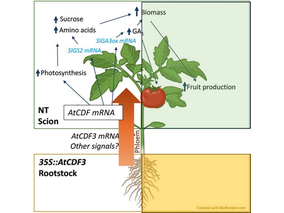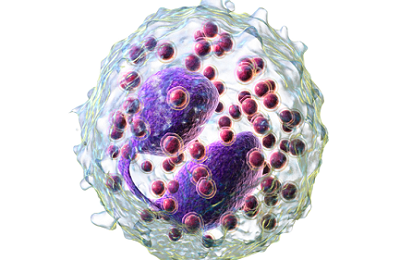Mind the Byte scientists have computationally evaluated and reported the inhibitory activity found in meridianins A-G, a group of marine molecules isolated from the tunicate Aplidium, against various protein kinases involved in Alzheimer's disease (AD). The results are published today in the journal Marine Drugs.
This work aims to highlight the role of Computer-Aided Drug Discovery/design (CADD) techniques in marine drug discovery. These methodologies are of capital importance in modern drug discovery, especially when it comes to natural products, since no sample is needed and this can help protect biodiversity.
In this publication, Mind the Byte scientists have shown that, starting just from a 2D image of a marine molecule, they are able to reach comparable conclusions that carrying out in vitro experiments. This piece of work is another proof of the benefits of computational approaches in drug discovery in terms of time and money saving.
More precisely, they have evaluated the role of merdianins as inhibitors of several protein kinases related to tau phosphorylation and AD, providing precise information about the binding mode and strength. Deregulation of tau phosphorylation causes its aggregation and neurofibrillary tangles (NFT) formation. Therefore, inhibition of kinases leading to hyperphosphorylation of tau is suggested to prevent NTF formation and would represent an approach to develop drugs to palliate AD symptoms.
In this regard, meridianins are very promising scaffolds to design new drugs. They act as ATP competitive inhibitors of certain protein kinases, including some tau protein kinases such as Glycogen synthetase kinase-3 Beta (GSK3b) and Casein kinase 1 delta (CK1d, CK1D or KC1D), Dual specificity tyrosine-phosphorylation-regulated kinase 1A (DYRK1A) and cdc2-like kinases (CLK1).
However, meridianins are not selective enough to constitute a therapeutic treatment against AD by themselves and also their ADMET properties should be improved. Consequently, further rational design and in vitro validation are required.

El equipo de investigadores observó cambios en el...

El gen AtCDF3 promueve una mayor producción de az...

Un estudio con datos de los últimos 35 años, ind...

En nuestro post hablamos sobre este interesante tipo de célula del si...

La revista ‘Nature Protocols’ selecciona esta técnica como “pro...
Portal de biotecnología en España
¡Suscríbase a nuestro newsletter para estar al día con las últimas noticias y ofertas!
2013 © Biotech-Spain.com - Site Developments SL. Todos los derechos reservados. Terminos y Condiciones | Política de Privacidad
Articles
Directory
